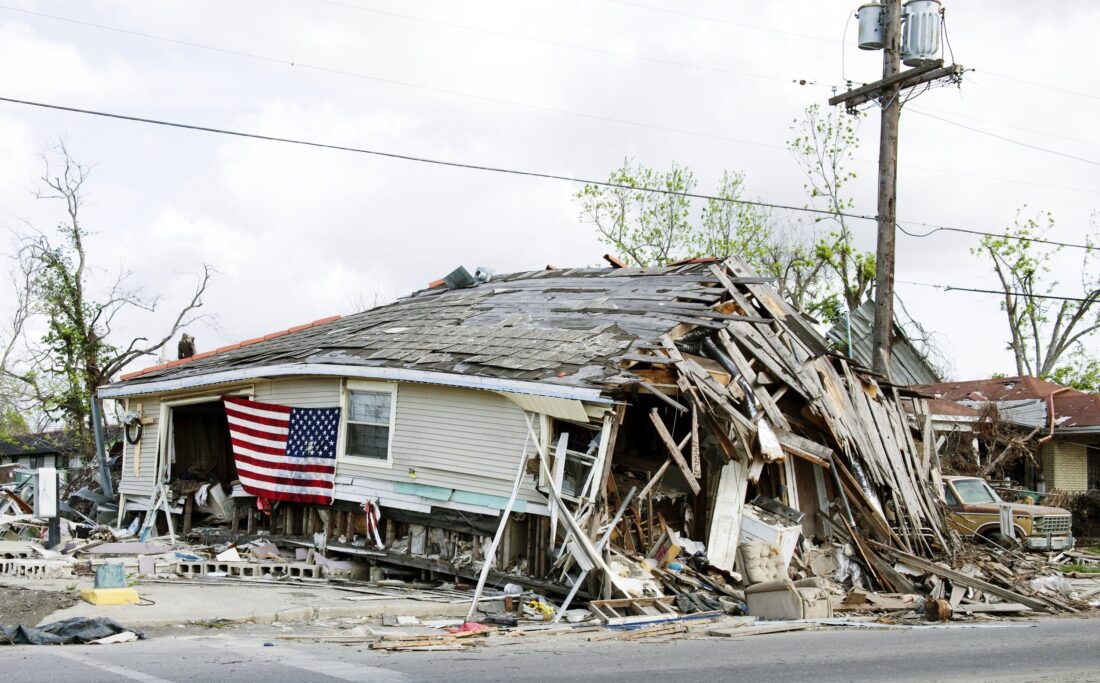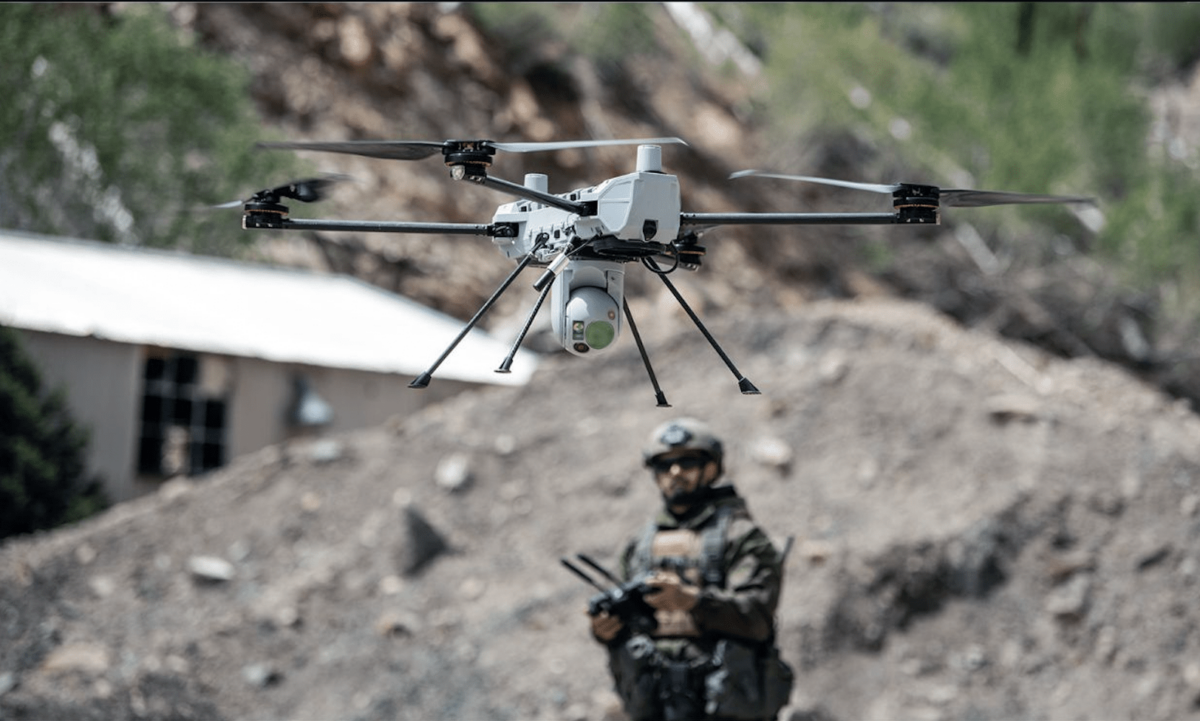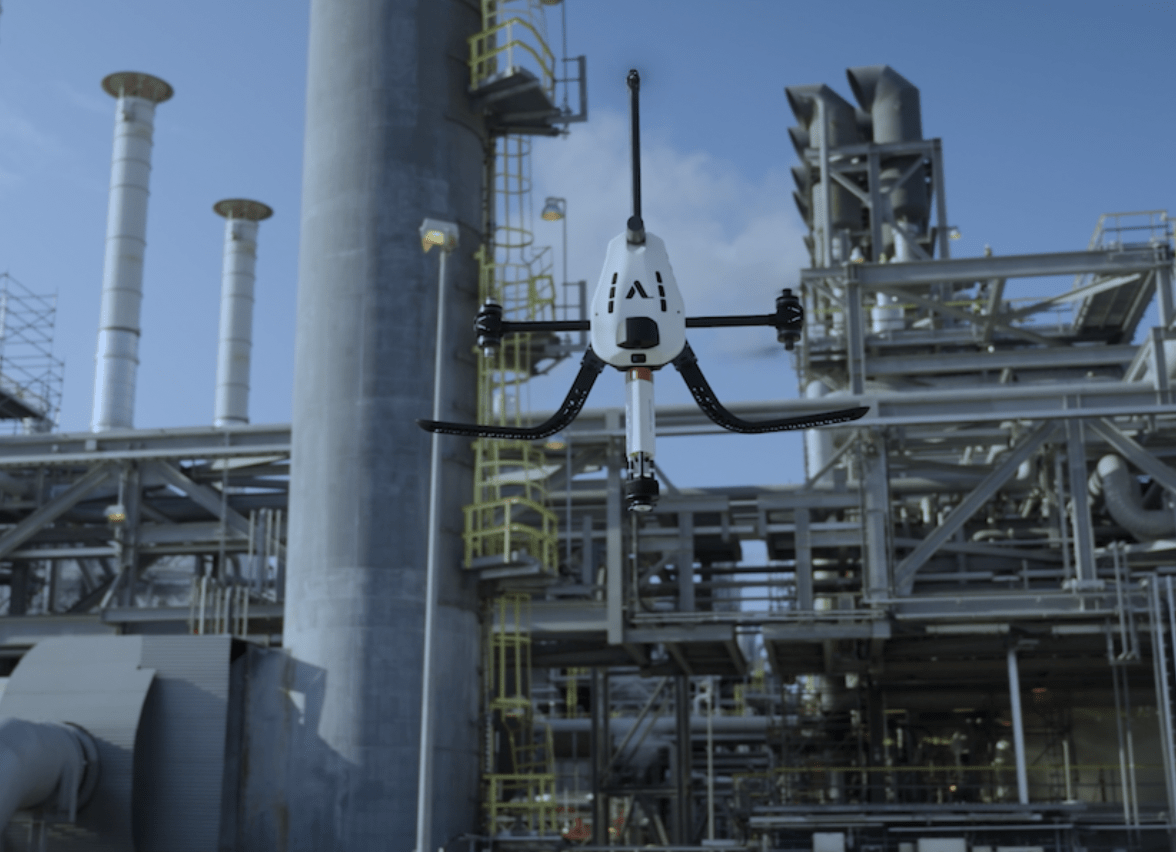
(A part of a collection on the drone group’s response to pure disasters)
Hurricane Helene, the huge and lethal storm that tore by a big swath of the U.S. Southeast in late September, triggered an amazing response from the drone-flying group, as particular person operators and personal corporations deployed their UAVs to move a lot wanted provides and medicines, assess the injury wrought by flooded streams and rivers and even assist find the stays of people that tragically perished within the devastating floods.
Drone group’s teamwork aids in japanese Tennessee catastrophe response
By DRONELIFE Options Editor Jim Magill
The response of the drone group to the devastation wrought by Hurricane Helene demonstrated the group’s capacity to work collectively, sharing information collected by UAVs flying within the catastrophe space with analysts positioned lots of of miles away, to offer actionable intelligence to first responders on the bottom again on the catastrophe scene.
Maybe in no place was this cooperation extra evident than within the hard-hit space across the city of Irwin in japanese Tennessee, the place floods from the lethal storm tore by communities, washing out roads and bridges, breaching dams and chopping off hundreds of individuals from important utilities.
At one level, the extreme flooding of the Nolichucky River precipitated water to circulation at practically twice the degrees of Niagara Falls on the Nolichucky Dam close to Greeneville. Chris Starnes, the president of First to Deploy, a Kingsport, Tennessee-based volunteer drone group, stated his group partnered with Gene Robinson, a veteran drone trade analyst and instructor, primarily based in Wimberly, Texas to help within the search and restoration efforts within the city of Erwin and in surrounding Unicoi County.
“There have been lots of people that got here collectively to assist on this operation,” he stated. “There was a big presence of simply first responders from throughout the nation, from Utah to Canada.”
Starnes stated that when the Nolichucky River floods inundated Erwin, he deployed along with his UAV gear to the beleaguered space. His preliminary efforts concerned search and rescue operations, his workforce’s space of specialty.
“The main focus actually was on serving to our group, to assist them discover all their lacking family members,” he stated. Nonetheless, after working within the catastrophe space for greater than per week after the storm hit, trying to find surviving victims of the flood, the preliminary rescue mission tragically became one in all restoration.
Flying his Mavic 2 Enterprise Superior drone within the early-morning hours earlier than daybreak, Starnes used thermal imaging software program to search for hotspots that might point out the presence of deceased victims among the many piles of particles left behind by the raging waters.
“We’d take our drone, and we’d map out an space that regulation enforcement thought is likely to be a superb place to look,” Starnes stated. “We’d fly that mission about 3 a.m., and map out a thermal space.” He would then add the collected information to Robinson in Texas, who would analyze the pictures and underlying information to search for clues as to the place victims’ stays could possibly be discovered.
“We have been transferring terabytes of knowledge from East Tennessee all the best way to Wimberly, Texas.”
Starnes stated that along with serving to find the stays of storm victims, his drone searches additionally recognized a number of submerged autos that had been swept away within the flood waters. His workforce relayed the GPS coordinates of these autos to native first responders to help them of their restoration efforts.
Robinson, who has spent years selling using drones for all kinds of functions, says that maybe finest use of UAVs exploiting their seize of images and information. “That’s the place my focus has been, the info aspect of it. Imagery of every kind has all kinds of knowledge embedded in it. And for those who don’t know what you’re on the lookout for, it’s very straightforward to overlook, even in a typical RGB {photograph},” he stated.
Utilizing computer-aided evaluation, Robinson was in a position to tease out the all-important underlying information embedded within the disaster-area pictures Starnes had despatched him.
“In catastrophe remediation, there was quite a lot of emphasis on placing collectively mosaics, ortho-mosaics, geo-rectified mosaics. That’s definitely a assist as a result of it permits the incident command to have the ability to higher handle their assets, to direct their troops to the place they’re wanted essentially the most,” he stated.
“Secondarily, now that photogrammetry has gotten higher, we will now have a look at issues like particles piles and do volumetric evaluation,” he stated. This allows native municipalities accountable for eradicating the huge piles of particles to precisely predict what number of items of heavy gear and what number of vans they should do the job.
As well as, analysts can use alternate mild bands to disclose hidden info inside a picture that might not be obvious by merely inspecting a typical photographic picture. “Basically, it provides the drone operator a superpower, as a result of they will see issues that you may’t see with a standard-issue eyeball,” Robinson stated. “You will get a multispectral digicam now that takes close to infrared imagery, and we used it to search out clandestine graves.”
Robinson first started deploying drones to answer disasters as a member of the Wimberley Fireplace Division’s aviation unit in the course of the Memorial Day flood of 2015, which inundated his residence city. Since then, he has flown UAVs in response to quite a few catastrophe scenes throughout the nation.
Extra not too long ago, he has taken a job instructing public security programs at Austin Group School, which limits his capacity to journey to catastrophe websites. However he nonetheless takes half in drone-assisted catastrophe restoration remotely, as he did within the aftermath of the latest storm. Robinson stated he first started working with Starnes two days after Helene made landfall.
In analyzing the scenes of destruction from japanese Tennessee, he stated it was clear that the floods had modified the area’s topography dramatically. “Each time we’d exit on one in all these conditions, we discovered one thing,” he stated. “Nobody may predict the quantity of water that was going to return down that river.”
Regardless of some complaints from drone operators who claimed that the FAA was sluggish in permitting non-public drone operators to rapidly reply to the catastrophe, Robinson had no complaints concerning the federal businesses’ efforts.
“I don’t know of anybody personally that was denied the power to fly in that individual occasion until they self-deployed they usually weren’t connected to an company of some kind,” he stated. “That’s sometimes the place we hear most complaints. ‘Properly, they wouldn’t let me fly. I drove a thousand miles to get there and I introduced all my gear they usually wouldn’t let me fly.’”
For drone pilots who wish to reply to future catastrophe conditions, Robinson really helpful that they first grow to be skilled within the fundamentals of search and rescue response, packages provided by established disaster-management businesses, such because the pilot’s native volunteer hearth division.
“Self-deployment by yourself finally ends up inflicting extra issues to emergency administration,” he stated. Volunteer drone pilots should first get permission from native incident response commanders earlier than flying inside catastrophe areas.
“And for those who don’t have that up entrance, don’t take off pondering you’re going to get it as a result of quite a lot of instances you don’t. They don’t know you from Adam,” he stated. “Everyone desires to do the proper factor. However there’s issues that you simply’ve received to do first to be the nice man and to put on the cape.”
Learn extra:
Need DRONELIFE information delivered to your inbox each weekday? Join right here.

 Jim Magill is a Houston-based author with nearly a quarter-century of expertise masking technical and financial developments within the oil and fuel trade. After retiring in December 2019 as a senior editor with S&P International Platts, Jim started writing about rising applied sciences, resembling synthetic intelligence, robots and drones, and the methods wherein they’re contributing to our society. Along with DroneLife, Jim is a contributor to Forbes.com and his work has appeared within the Houston Chronicle, U.S. Information & World Report, and Unmanned Programs, a publication of the Affiliation for Unmanned Automobile Programs Worldwide.
Jim Magill is a Houston-based author with nearly a quarter-century of expertise masking technical and financial developments within the oil and fuel trade. After retiring in December 2019 as a senior editor with S&P International Platts, Jim started writing about rising applied sciences, resembling synthetic intelligence, robots and drones, and the methods wherein they’re contributing to our society. Along with DroneLife, Jim is a contributor to Forbes.com and his work has appeared within the Houston Chronicle, U.S. Information & World Report, and Unmanned Programs, a publication of the Affiliation for Unmanned Automobile Programs Worldwide.
Miriam McNabb is the Editor-in-Chief of DRONELIFE and CEO of JobForDrones, an expert drone providers market, and a fascinated observer of the rising drone trade and the regulatory surroundings for drones. Miriam has penned over 3,000 articles targeted on the industrial drone area and is a global speaker and acknowledged determine within the trade. Miriam has a level from the College of Chicago and over 20 years of expertise in excessive tech gross sales and advertising for brand new applied sciences.
For drone trade consulting or writing, Electronic mail Miriam.
TWITTER:@spaldingbarker
Subscribe to DroneLife right here.






